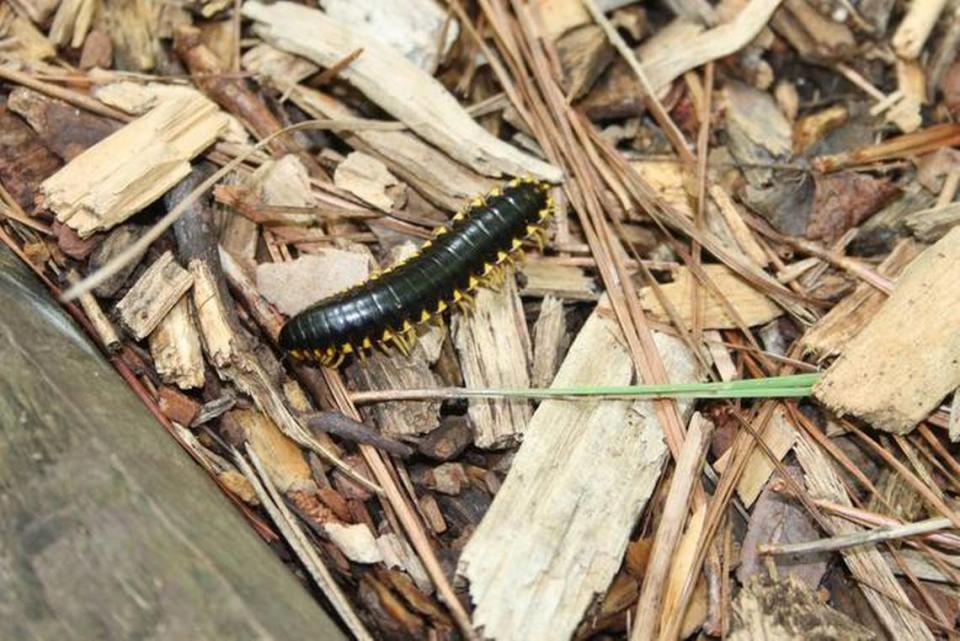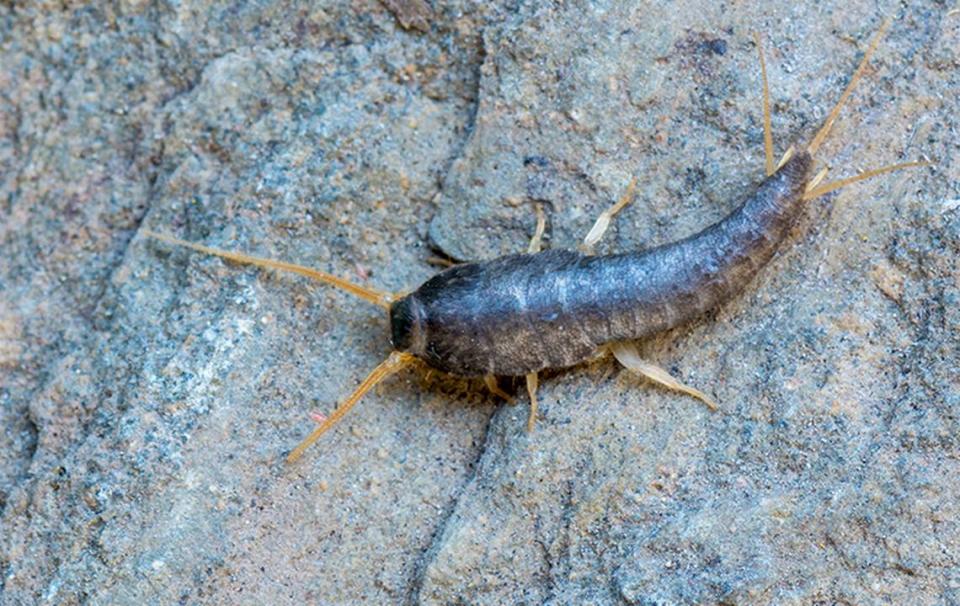Centipede, millipede or silverfish? Here’s how to get them out of your house
Whichever multi-legged creature you find crawling around your home, here’s what to know about why it’s there. After reading this, you may even decide not to kick them out of your house if you encounter them.
The News & Observer spoke with Sydney Crawley, entomologist at NC State University, to learn more about them and what to do if you find any in your space.
What’s the difference between a centipede, millipede and silverfish?
Here’s what Crawley says:
Centipede: The usual pest species encountered by humans is the house centipede which is grayish yellow and has 15 pairs of legs as an adult. They have poison jaws which they use to inject venom into prey. They are in the taxonomic class “Chilopoda,” making them technically not insects.

Millipede: They have 30 to 90 (sometimes more) pairs of legs They can give off a foul-smelling fluid through the side of their body, which is toxic to some arthropods and may cause small blisters in humans. They have high moisture needs and are often found outdoors feeding on organic materials, so they dry quickly when they come inside homes. They are in the taxonomic class “Diplopoda,” also making them technically not insects.
Silverfish: They have fish-shaped bodies that are covered in silvery scales, which is where their name comes from. Silverfish are insects, unlike centipedes and millipedes. They hide in tight cracks and can be found anywhere in the home.

Here’s why centipedes, millipedes come in your home
House centipedes are in search of prey insects, like spiders and flies. You’ll usually find them in damp basements, bathrooms and potted plants.
Silverfish, on the other hand, can be spotted almost anywhere. They’re paper pests and often come into buildings and homes inside cardboard or paper from an infested location, Crawley said.
Millipedes only come inside if there’s a severe drought and they’re in search of water, or if there’s severe flooding and they’re at risk of drowning. They won’t survive indoors for more than a few days, though, unless there’s enough food and water for them. (Food for them includes dead arthropods, such as spiders and other hard-shelled insects, and plant material.)
Should I kick them out or let them stay?
Centipedes: You might want to keep centipedes around, as they are predators of insects that might be considered pests, like cockroaches and flies, Crawley said.
“They’re considered important predators that keep prey systems in check.”
Silverfish: These insects are nuisances, as they feed on paper products and can cause discoloration or yellowing of your paper items and can contaminate dry foods. There’s no benefit to having them around.
Millipedes: You don’t need them in your home. Millipedes are extremely beneficial outdoors, as they are decomposers that break down organic materials and recycle nutrients back into the soil. You can relocate them outside if you see them. There should not be more than a few in the home at a time, and you will frequently see them at points of entry (garage doors, windows, etc).
How to get rid of millipedes, silverfish, centipedes
Millipedes: To keep them out of your home, eliminate your damp outdoor areas. This can include mowing and edging the lawn, cleaning up debris that holds moisture and only watering lawns in the morning, giving them the entire day to dry.
Centipedes: Similar to millipedes, you’ll want to eliminate moist areas, but you’ll want to manage the inside of your home.
If you want to use pesticides, “a perimeter treatment with a residual pesticide along the foundation of the home and indoors around baseboards can help,” Crawley said.
Keeping logs and firewood farther away from your home can help as well.
Silverfish: Remove the paper items they’re feeding on, which can include books and magazines. Store these items properly and seal up the cracks and crevices around them.
Outside of the home, you can remove wood piles, plywood and cardboard.
Triangle Asked & Answered: What do you want to know?
Have a question about something in our community? The News & Observer’s Service Journalism team wants your questions for our Triangle Asked & Answered series. Reach out to us by filling out this form or by sending an email to ask@newsobserver.com.
Canine influenza has been identified in the Triangle. How to keep your dog safe
Carpenter bees a spring buzzkill? What to do if you find their holes in your deck

